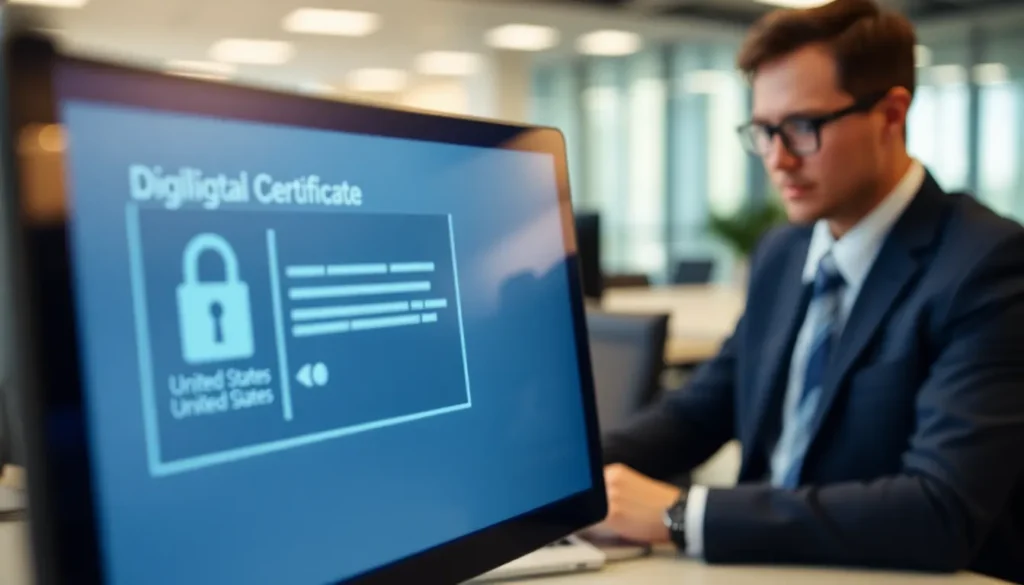Table of Contents
TogglePicture this: you’re frantically searching for your iPhone, and just when you think you’ve got a handle on it, you get hit with that dreaded message—“Find My iPhone is not available.” Cue the panic! It’s like losing a sock in the laundry; you know it’s somewhere, but where?
In a world where our phones are practically extensions of ourselves, the frustration of not being able to track them can feel like a bad sitcom plot. But don’t worry; he’s got the scoop on why this happens and how to fix it. Whether it’s a pesky setting or a temporary glitch, understanding the reasons behind this mystery can save you from a meltdown and get you back to scrolling through cat memes in no time.
Common Reasons Why Is Find My iPhone Not Available
Several factors contribute to the “Find My iPhone is not available” message. Users often discover that specific issues prevent access to this essential feature.
Improper Settings
Incorrect settings can block the Find My iPhone function. Users may inadvertently disable the feature in the device settings. It’s crucial to navigate to Settings, then tap on their name, and check iCloud settings. If Find My iPhone isn’t activated, enabling it resolves many tracking issues. Location services must also be enabled on the device. Sometimes, a simple restart restores necessary functionalities.
Software Issues
Software glitches frequently disrupt the Find My iPhone service. Users may encounter bugs after an update. It’s vital to ensure the device runs on the latest iOS version. Updating the device can fix these underlying problems. Connectivity issues, such as unstable Wi-Fi or cellular data, can also obstruct the function. Verifying the device’s internet connection helps maintain consistent access to tracking services.
Troubleshooting Steps

Users encountering the “Find My iPhone is not available” message should follow these troubleshooting steps.
Check Your Apple ID
Confirming the correct Apple ID serves as a crucial first step. Users often face issues if they log into the wrong account. Navigating to Settings and tapping on their name at the top reveals the Apple ID in use. Checking the email address linked to the account ensures it matches the one associated with iCloud. Going to iCloud settings can confirm if “Find My iPhone” is toggled on. Any discrepancies in the login can lead to access problems.
Update iOS
Updating iOS regularly prevents many software-related issues. Apple releases updates that include fixes for bugs affecting Find My iPhone functionality. Users can check for updates by going to Settings, selecting General, and tapping on Software Update. Installing the latest version of iOS enhances performance and security. Performing this check periodically ensures the device benefits from all recent improvements and fixes.
Reboot Your Device
Rebooting the device often resolves temporary connectivity problems. Restarting helps refresh system resources, and it can effectively clear minor glitches. For most devices, holding down the power button until prompted to slide to power off achieves this. After the device shuts down, users should wait a moment before powering it back on. Such a simple step often restores access to vital features like Find My iPhone.
Additional Considerations
Understanding additional factors that affect Find My iPhone can enhance user experience. Two critical areas include location services and network connectivity.
Location Services
Location services play a vital role in the functionality of Find My iPhone. Users must ensure these services are enabled in their device settings. If disabled, tracking capabilities diminish significantly. It’s crucial for individuals to navigate to Settings, tap Privacy, and select Location Services to confirm the setting is activated. A reset of location settings might also help if glitches occur. Users may also want to check app permissions since some third-party apps can restrict location access. Ensuring that Find My iPhone has permission to use location services enables better tracking.
Network Connectivity
Network connectivity directly impacts Find My iPhone effectiveness. A stable internet connection is essential for accurate location tracking. Users should verify the device is connected to Wi-Fi or cellular data; without connectivity, the feature is unavailable. Weak signals or interruptions often lead to the “not available” message. Individuals can test their network by browsing the internet or using other apps requiring connectivity. If issues persist, restarting the router or toggling Airplane Mode can restore the connection. Ensuring a reliable network setup strengthens the likelihood of Find My iPhone functioning as intended.
Experiencing the “Find My iPhone is not available” message can be frustrating and concerning. By understanding the potential causes behind this issue users can take proactive steps to resolve it. Checking settings and ensuring proper connectivity is key to regaining access to this essential feature.
Regularly updating iOS and confirming the correct Apple ID can prevent many common problems. With a few simple troubleshooting techniques users can restore their peace of mind and continue using their devices without the worry of losing track of them. Staying informed about these solutions empowers users to tackle any challenges that arise with Find My iPhone.







